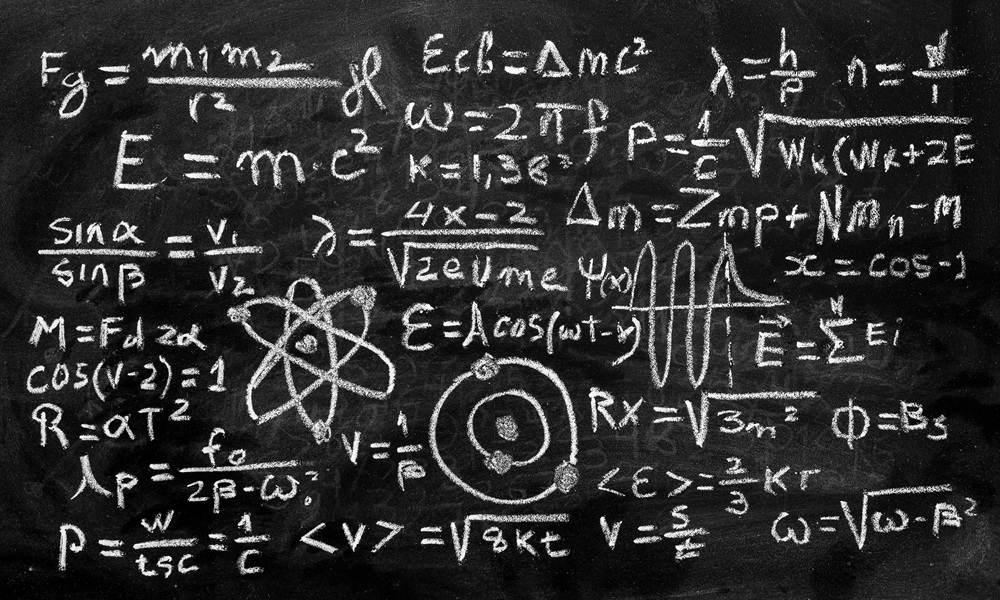
First quantization—a method traditionally applied to particles like electrons—bridges classical optics and quantum mechanics, offering a fresh foundation for quantum photonics. Image courtesy of Shutterstock.
In celebration of the 100th anniversary of quantum science, 2025 has been designated the International Year of Quantum Science and Technology. Among the many fields being honored, quantum photonics stands out for its rapid progress, especially in the development of single-photon sources. Yet despite its central role in modern physics and technology, the concept of the photon remains surprisingly elusive.
The photon—often described as a particle of light—has been a cornerstone of physics for more than a century, but its exact nature is still debated. Albert Einstein himself admitted that decades of thought had not brought him closer to fully understanding “light quanta.” While physicists widely accept the photon as the basic unit of electromagnetic radiation, definitions vary. In quantum optics, it is often treated as a single excitation of a field mode, fully delocalized in time. In experimental practice, however, a photon is an energy packet emitted by an atom, molecule, or quantum dot, localized in both time and space.
A new study by Boris Chichkov of Leibniz University Hannover takes a fresh look at photon theory by applying “first quantization”—a method traditionally used for particles like electrons. Reported in Advanced Photonics, the work derives photon wave and field equations that directly connect the mathematics of quantum mechanics with the classical equations of electromagnetism.
Unlike the standard “second quantization” approach, which describes light as quantized fields with varying numbers of particles, first quantization fixes the number of photons and treats them as individual quantum objects. Chichkov shows that photons can be described using vector wave functions—necessary because they are massless particles tied to electromagnetic fields—leading naturally to Maxwell’s equations. This approach yields Schrödinger-like and Dirac-like equations for photons, providing a direct link between quantum states and familiar classical light forms such as Gaussian beams, Bessel beams, and polarized wavepackets.
The framework also extends to photons traveling through dispersive media, where their speed depends on frequency. By modifying the equations to include the refractive index, the study offers new expressions for photon energy density and intensity that align with established models.
This work highlights the “quantum diversity” of photons, showing how their many classical optical forms can be understood as specific quantum states. Beyond its theoretical appeal, the approach could make photon physics more intuitive for students and useful for modeling in single-photon technologies—a rapidly growing area in quantum science.
For details, see the original Gold Open Access article, “On the first quantization and quantum diversity of photons,” Adv. Photon. 7(5), 055001 (2025), doi: 10.1117/1.AP.7.5.055001







